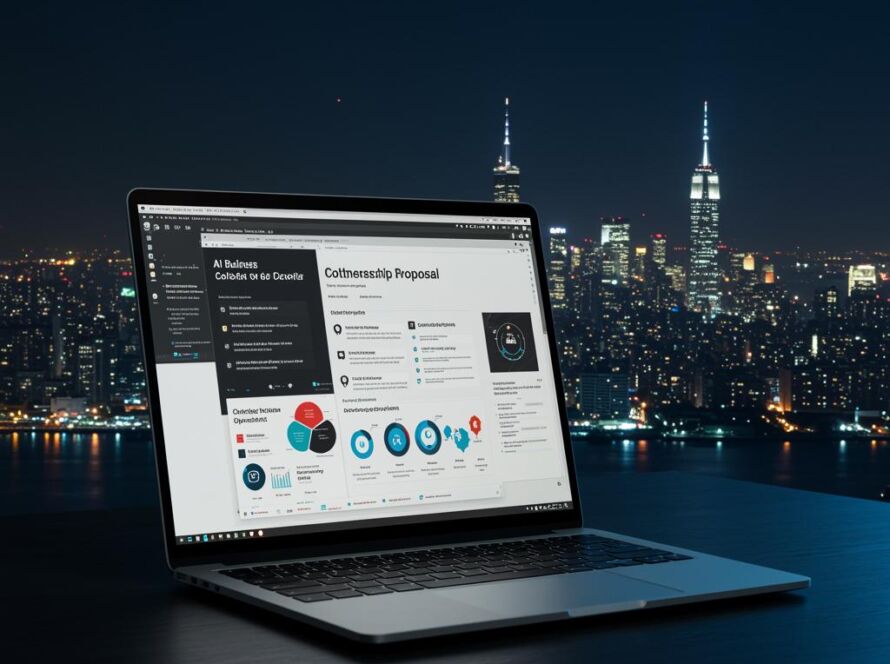Sustainable Living: Easy Eco-Friendly Practices
Sustainable Living: A Guide to Eco-Conscious Choices
Sustainable living is more than just a trend; it’s a necessary shift in our lifestyle to minimize our environmental impact and create a healthier planet for future generations. This guide explores practical steps you can take to embrace sustainability in your everyday life.
Reducing Your Carbon Footprint
Energy Conservation at Home
Lowering your energy consumption is a significant step towards sustainability. Start by switching to energy-efficient appliances and lighting (LED bulbs). Unplug electronics when not in use, and consider using smart power strips. Proper insulation and sealing windows can drastically reduce heating and cooling needs.
Sustainable Transportation
Transportation is a major contributor to carbon emissions. Opt for walking, cycling, or public transport whenever possible. If you need a car, consider a fuel-efficient or electric vehicle. Carpooling and ride-sharing are also excellent ways to reduce your individual impact.
Mindful Consumption
Reducing consumption is key to minimizing waste. Before purchasing anything, ask yourself if you truly need it. Prioritize quality over quantity, choosing durable and long-lasting products. Embrace the “repair” mentality, fixing broken items instead of immediately replacing them.
Minimizing Waste and Embracing Circularity
The 5 R’s: Beyond Reduce, Reuse, Recycle
While the familiar “reduce, reuse, recycle” mantra is important, expanding it to include “refuse” and “rot” further enhances waste reduction. Refuse single-use plastics, unnecessary packaging, and freebies you don’t need. Rot (compost) food scraps and yard waste to enrich your soil and reduce landfill waste.
- Refuse: Say no to unnecessary items.
- Reduce: Minimize consumption.
- Reuse: Repurpose items creatively.
- Recycle: Properly sort and recycle materials.
- Rot: Compost organic waste.
Conscious Shopping
Support businesses committed to sustainability. Look for products made from recycled materials or with minimal packaging. Shop locally to reduce transportation emissions and support your community. Consider buying second-hand items, giving them a new life and reducing demand for new production.
Water Conservation: Protecting Our Precious Resource
Efficient Water Usage at Home
Water is a precious resource, and conserving it is crucial. Install low-flow showerheads and faucets. Fix leaks promptly. Be mindful of your water usage while brushing your teeth, showering, and washing dishes. Consider collecting rainwater for gardening.
Sustainable Landscaping
Choose drought-tolerant plants for your garden. Mulch your garden beds to retain moisture and reduce watering needs. Avoid using chemical pesticides and fertilizers, opting for natural alternatives. Consider installing a rain barrel to collect rainwater for irrigation.
Sustainable Food Choices
Eating Locally and Seasonally
Supporting local farmers reduces transportation emissions and promotes fresher, healthier food. Eating seasonally aligns with nature’s rhythms and reduces the need for long-distance shipping and storage. Consider joining a Community Supported Agriculture (CSA) program for direct access to local produce.
Reducing Food Waste
Plan your meals, make shopping lists, and store food properly to minimize waste. Use leftovers creatively. Compost food scraps. Understand date labels to avoid discarding food prematurely.
Conclusion: Embracing a Sustainable Future
Sustainable living is a journey, not a destination. Start small, incorporate these practices gradually, and be patient with yourself. Every conscious choice you make contributes to a healthier planet and a more sustainable future for all. By embracing these changes, you’re not only reducing your environmental impact but also creating a more fulfilling and connected life.



